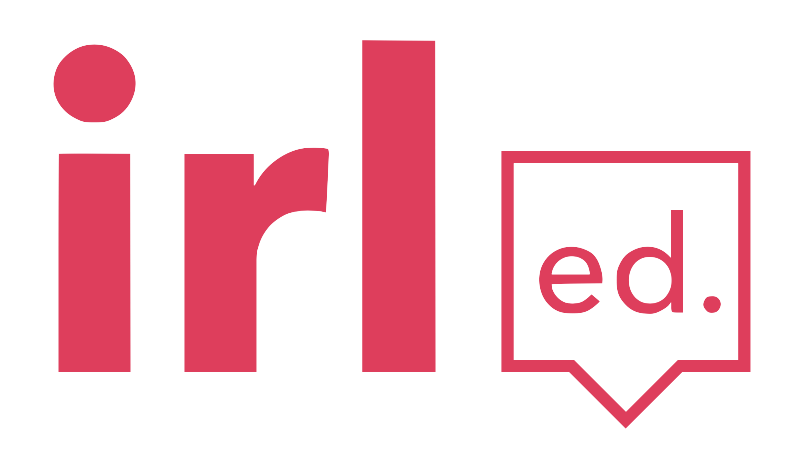LEARNING TO LEARN
We do lots of learning in school, but we rarely examine learning at a higher level - what it is, how it works and how we can become better at it. This course investigates how our brains receive, interpret and process information, helping students become better learners at school, but also in their hobbies and passions outside the classroom.
Procrastination is a hangover of our evolutionary past. Understanding how it works in our brain is the first step to understanding how to defeat it.
We take a closer look at neuroplasticity and what it means for learning, how we can conquer procrastination, and what strategies we can use to supercharge our learning. Students also learn the difference between convergent and divergent thinking and why we need to be practising a lot more of the latter. They’ll take away strategies to improve their memory, understand the importance of curiosity and how to bring a ‘beginner’s mindset’ to every new challenge.
Learning is a situated activity. The environment we create for ourselves, and the routines and strategies we develop play a critical role in our learning. This class helps students develop healthy learning habits at home which will reduce their stress while improving their results.
Humans are the best learners on the planet, because we’re curious. We can’t learn something we’re not interested in, so cultivating curiosity is essential to being great learners.
Our learning environment is as big a determinant of our success as our attitude.




